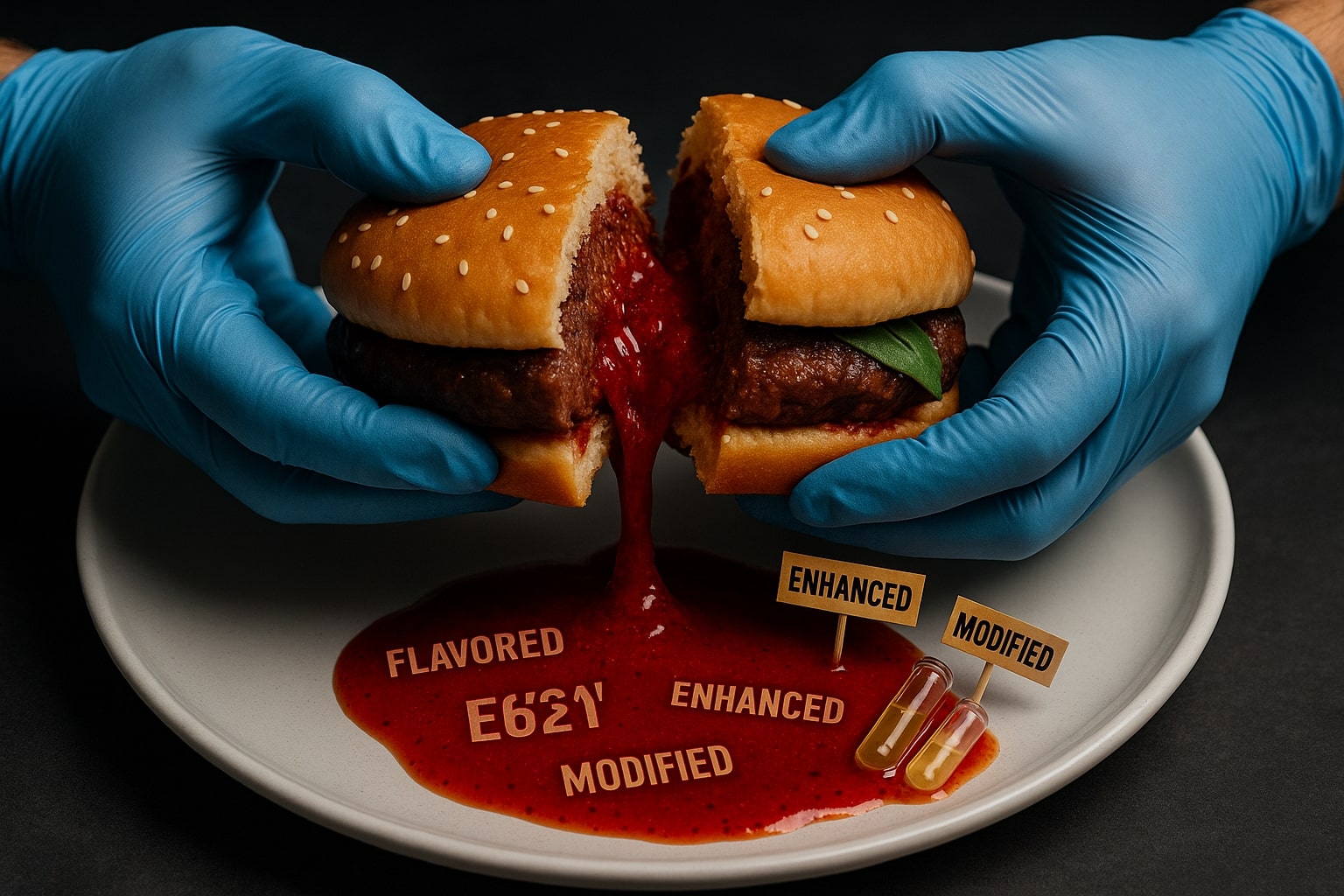Blinded by the Light: Are LED Headlights Making Night Driving More Dangerous?
In recent years, LED headlights have become the standard in many modern vehicles. Marketed as energy-efficient, long-lasting, and stylish, they’ve largely replaced traditional halogen bulbs in new car models. But with all their advantages, LED headlights have sparked growing concern among drivers and safety advocates — and for good reason.
A recent survey revealed that nearly 90% of drivers believe LED headlights are too bright. These lights, although designed to improve visibility for the driver, often end up blinding oncoming traffic. The issue isn’t just discomfort; it’s a real safety hazard that can lead to delayed reaction times, lane drifting, or worse — accidents.

Why LED Headlights Seem Brighter
The problem lies not just in brightness (measured in lumens), but in color temperature. LED headlights often emit a cooler, bluish-white light compared to the warmer tone of halogens. While this might look “cleaner,” our eyes perceive cooler light as harsher, especially in low-light conditions. This effect is amplified on rainy nights or in areas with reflective road signs, making it harder for drivers to adjust quickly.
The Science Behind the Glare
LEDs emit a more focused beam with sharper cutoffs. When these headlights are misaligned — which often happens due to aftermarket installations or suspension changes — they can project beams directly into the eyes of oncoming drivers. Unlike older lights that diffuse more softly, LEDs create abrupt light boundaries, causing sudden glare that your eyes need time to recover from.
Real-World Risks
Drivers report feeling momentarily blinded when facing vehicles with powerful LEDs, especially on narrow or two-lane roads. This temporary visual impairment can last for several seconds — just enough time to miss a turn, hit an object, or veer off course. Pedestrians, cyclists, and animals are also harder to spot when your eyes are adjusting from being dazzled.
What’s Being Done?
As complaints increase, safety agencies and automakers are being pushed to revisit headlight regulations. Some experts suggest stricter alignment guidelines, while others call for auto-dimming features or adaptive beam technology that adjusts brightness based on surroundings. In Europe, adaptive matrix LED systems are already helping reduce headlight glare, but in many places — especially the U.S. — such features are still limited.
What Can You Do?
If your car has LED headlights, ensure they are properly aligned. Avoid aftermarket kits unless professionally installed. As a driver, you can also reduce risk by keeping your windshield clean and looking slightly to the right of the road when facing oncoming traffic at night.










